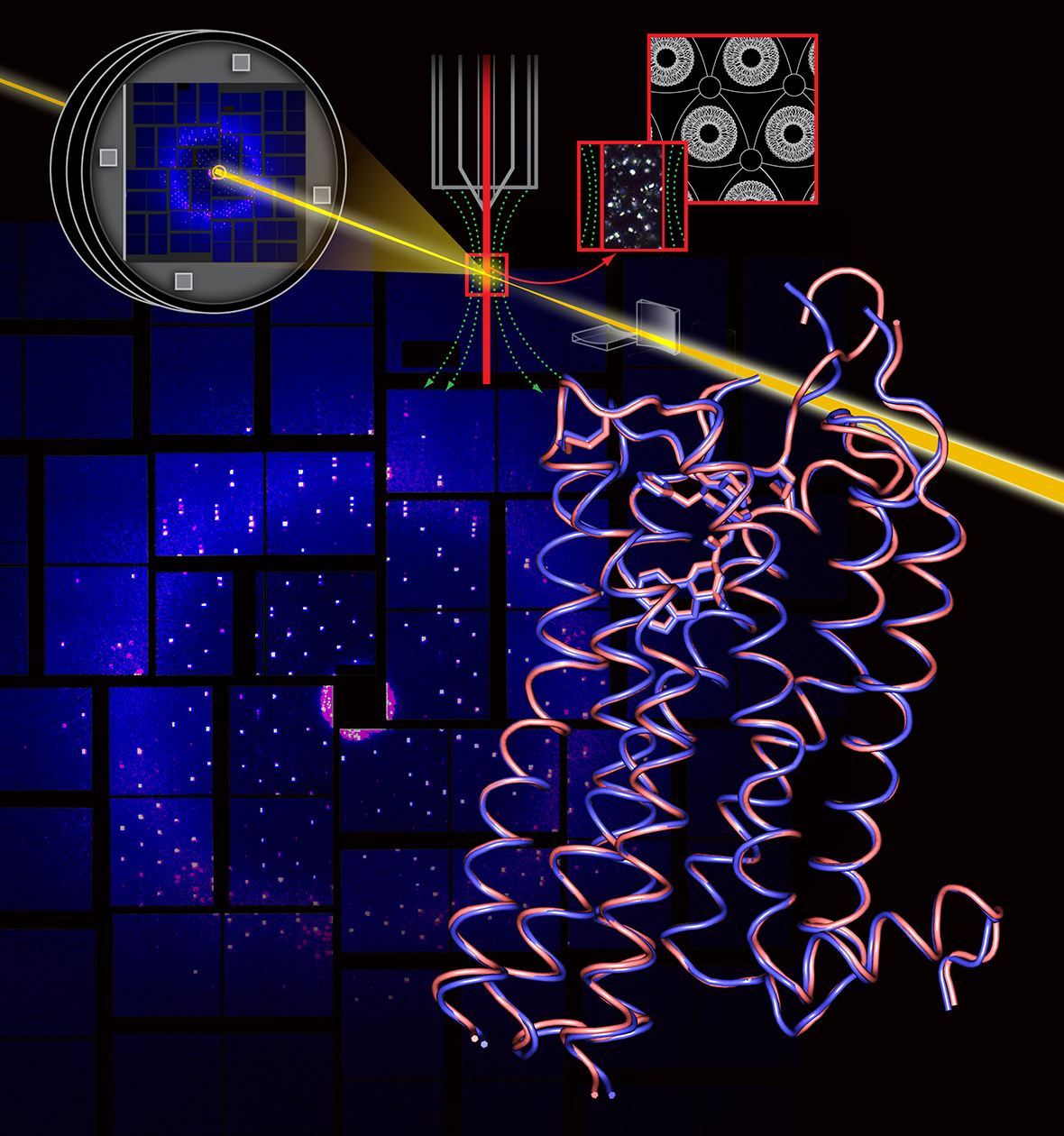Researchers from the Department of Energy’s SLAC National Accelerator Laboratory have mapped the tridimensional structure of the G protein-coupled receptor which is an essential cellular gatekeeper. They succeeded their experiment with the help of one of the largest lasers on the planet and their success represents one of the biggest breakthroughs in the field of GPCR exploration. These are popularly known to be a crucial family of proteins the health of the human body relies on. The new data will aid at the development of a wide series experiments in the field of structural biology.
Details Of The Experiment
Researchers managed to obtain a high-resolution structure of one of the hardest study subjects pertaining to the membrane proteins, at room temperature. They managed to validate their method and they promise further similar experiments that will solve new structure. Their data was published in the December issue of the Science magazine. Researchers completed the full examination of serotonin, an important human receptor that is essential in mood, sleep, and learning abilities. Serotonin is also the same receptor that is used at the making of drugs that fight against depressions, migraines, and obesity.
In order to successfully complete the experiment, they obtained a fatty gel required to mimic the environment of serotonin in its natural environment within the human cells. Using a specialized injection system, researchers then inserted the gel into the path of the laser’s X-ray pulses, reaching the crystals there. They then obtained the necessary patterns and rebuilt the 3D model of the receptor in high resolution.
The Importance Of The Breakthrough
The results of the experiment will aid at the complete elimination of one of the main issues in the field that studies GPCRs. Namely, their crystallization on large sizes that is required to perform studies using X-ray lasers at synchrotrons. The tiny crystals obtained with the help of the ultra-bright LCLS that can make ultrafast snapshots are one of the main successes of the experiment. The data that can also be collected instantly with the help of the same ultrafast snapshots is also essential for further analysis. The freezing of samples is no longer required in order to keep them from being damaged by the X-rays. Their natural state can therefore be used during the process.
The optimization of the crystals’ size can take months after the crystallization and imaging of the GPCR samples might take several months. The same goes for the X-ray data necessary to give birth to important structural information that can be further used. The smaller the crystals, the smaller the time frame needed to get the information. Asthma, hypertension, Parkinson’s disease, and schizophrenia are some of the main types of diseases that are often times connected to GPCRs. Hence, the more accurate the structures, the better the medical effects.
If you are a Stanford student looking for some local locksmith services, you can check out the Locksmiths Search directory online. It is made of data pertaining to more than 10,000 professional locksmiths and it covers areas all across the country, featuring customer reviews and useful locksmith tips.






















